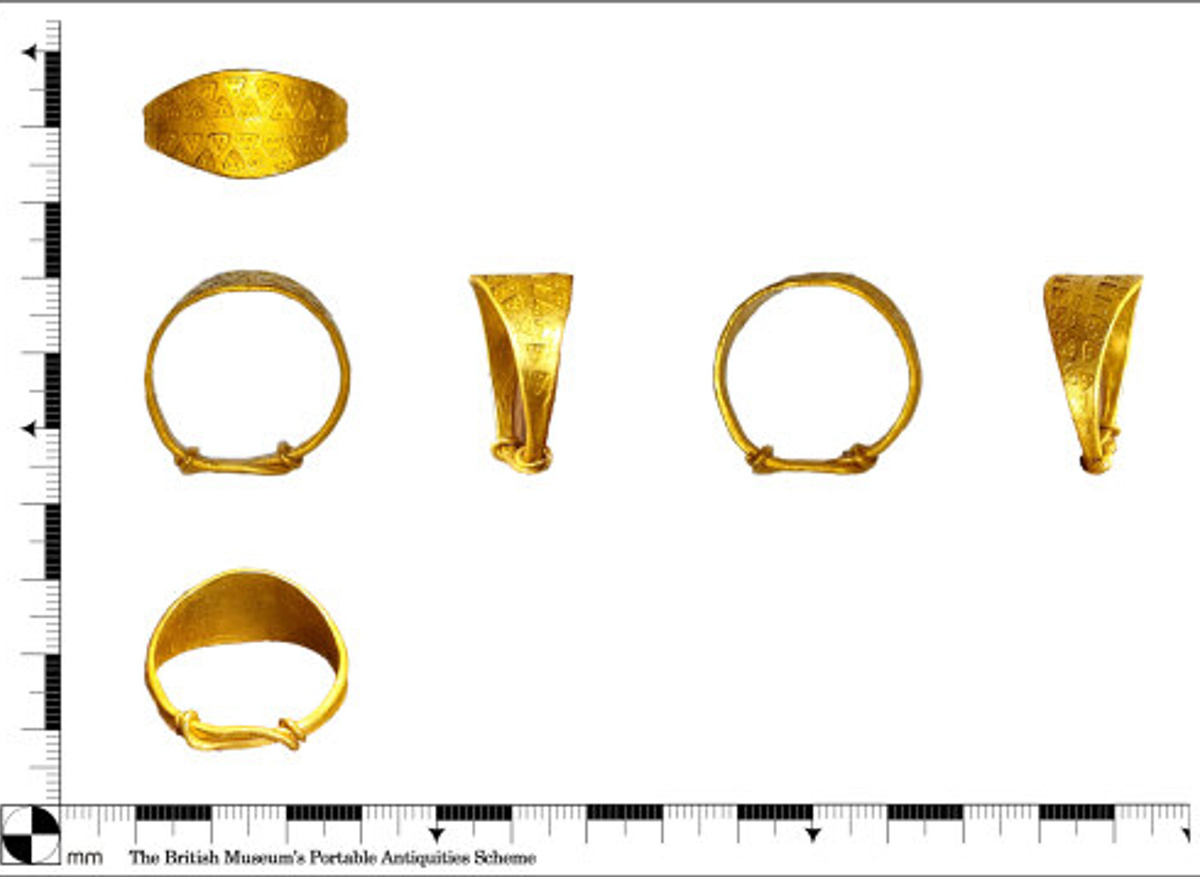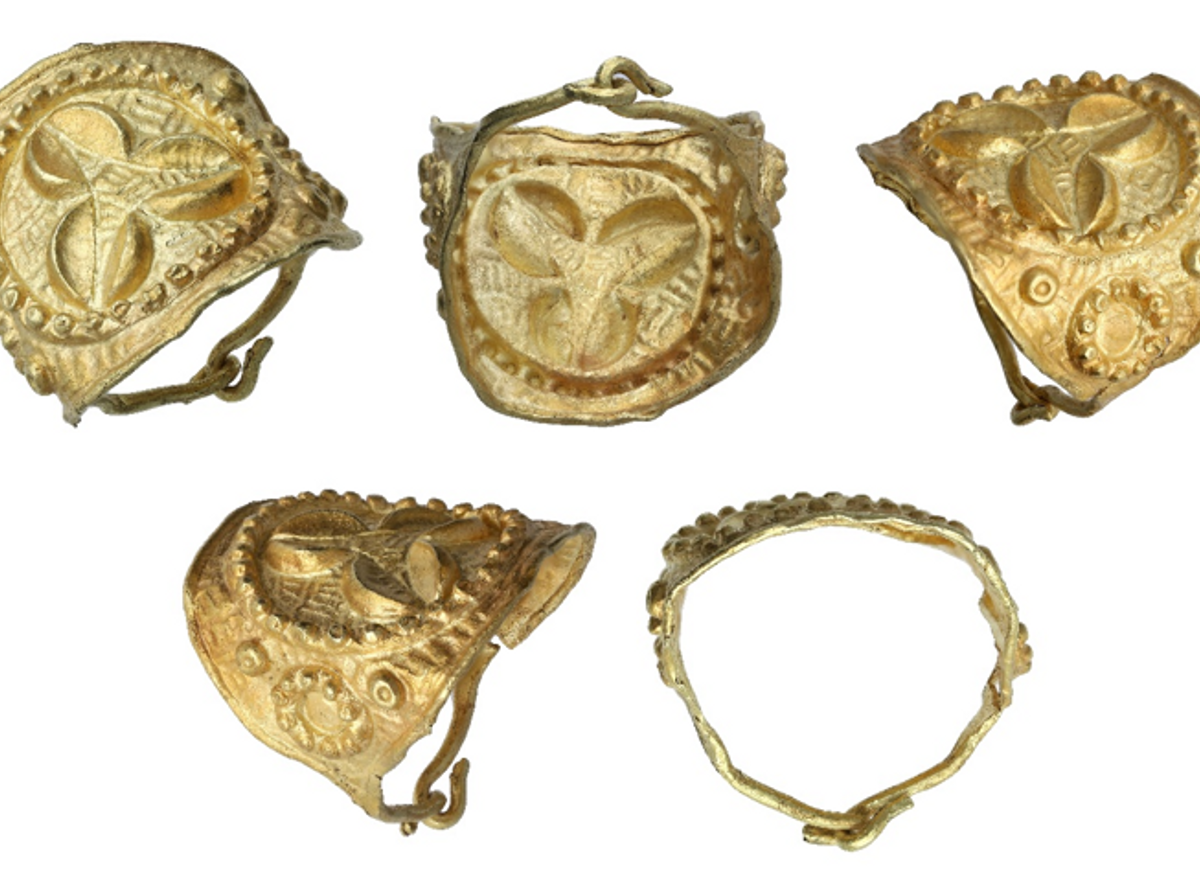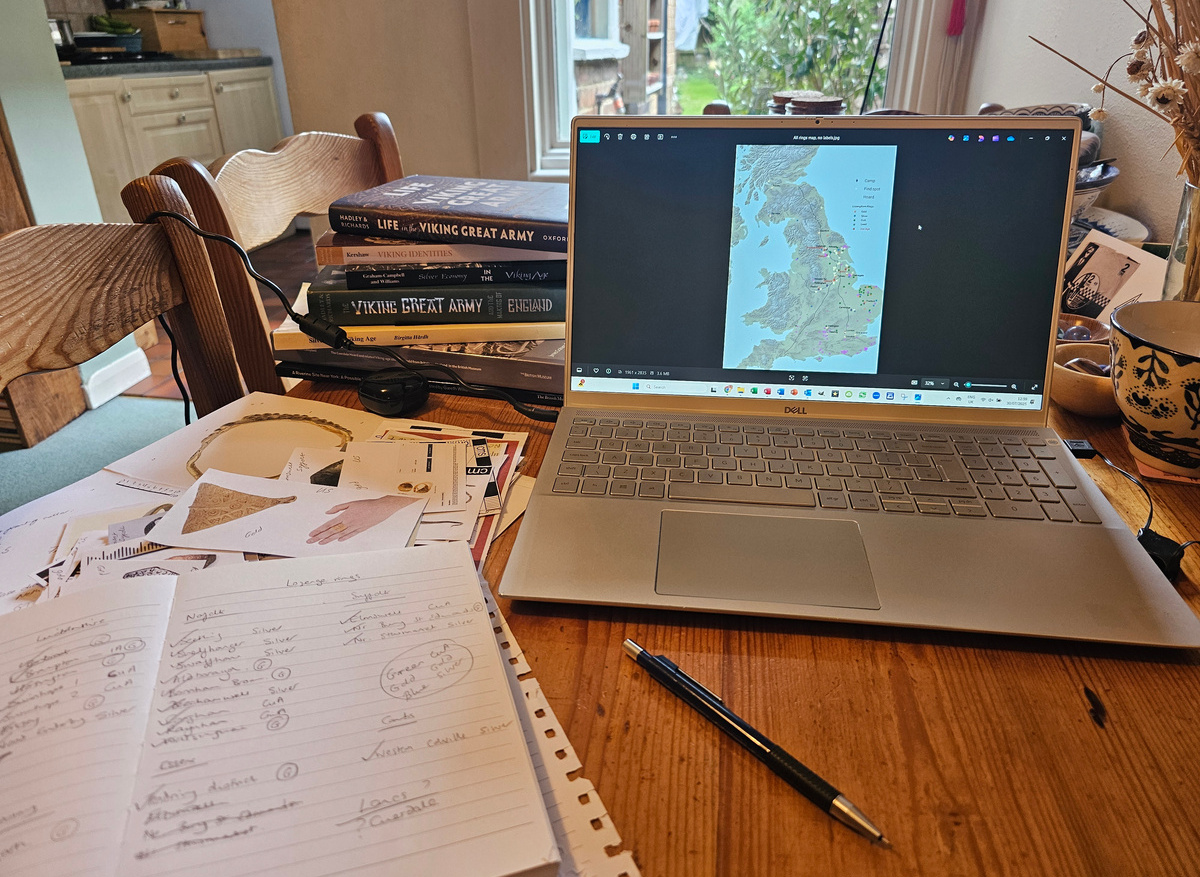I’m an Iron Age torc specialist, so how on earth did I end up looking at Viking gold rings?
As an Iron Age gold torc researcher, the last place I expected to end up was looking at Viking gold, but as with most archaeologists, we rarely stay in our specialism/period lanes! Although, with my background as a field archaeologist and prehistoric pottery specialist who has a PhD in 17th and 18th century fortifications - and a penchant for Harry Price’s ‘archaeological’ finds - then should I really be surprised when my curiosity goes off on a tangent from Iron Age gold?
Anyway, my sojourn into all things Scandinavian started with a rather pretty gold ring from Knaresborough, which was sold at auction in 2022 and which we are pretty certain is not Iron Age, as first assumed. We think that this little ring is actually evidence of the discovery of an Iron Age torc hoard - over a millennium later - in the late 9th century, which was then split up, cut up, reworked and reburied by those pesky Scandinavians associated with the Great Army incursions of this period. You can read more about this in our paper ‘Nicked and ‘nicked’: The Knaresborough gold ring and a possible Viking-redeposited Iron Age hoard from eastern England’.
But as with all things research related, it is rare that one piece of work is where your interest stops: once down the rabbit hole there are many more aspects of a topic to research, examine and theorise… and this is no different with this particular paper where my fascination with Scandinavian-influenced gold work has continued to grow (aided and abetted by Trix (Mark) Randerson whose recent work on the finds from the Great Army camp at Torksey is well-worth getting hold of).
As part of the original paper, I ended up creating a gazetteer of Scandinavian-influenced lozengiform rings, but this is now a couple of years out of date, and recent finds – like the Little Munden ring from Hertfordshire and the Near Thirsk ring from North Yorkshire - need adding to the list. These rings show a fabulous pattern that seems to track the path of the Viking Great Army, across eastern Britain, in the later 9th century AD.
However, while I was looking at these rings for the paper, I also came across a number of simpler - but apparently similarly dated - rings created from twisting two pieces of wire together and then hammering the ends into a closed form. During my previous research, I had noticed that they seemed to be distributed in a very different area to the lozengiform rings.
So, coming back to this hunch, for the last couple of months I’ve been cataloguing these rings and, sure enough, at first glance they seem to be mostly in the south, with only a few within the classic Danelaw pattern that was seen with the lozengiform rings. So what might this mean? Perhaps different dates for each type of ring? Some kind of cultural affinity for one type of ring versus the other? Something else entirely? Only time will tell...
And so, that is why, on this 2025 Day in Archaeology you find me sat at the lap top, surrounded by books and notepads, counting ‘Viking’ gold rings. My next job is trying to locate further bits of Not Viking Stuff that has ended up in Very Much Viking Hoards and I can’t wait to get into it!
So, although Iron Age torcs will always be my first love, it is sometimes good NOT to torc! ;-)






